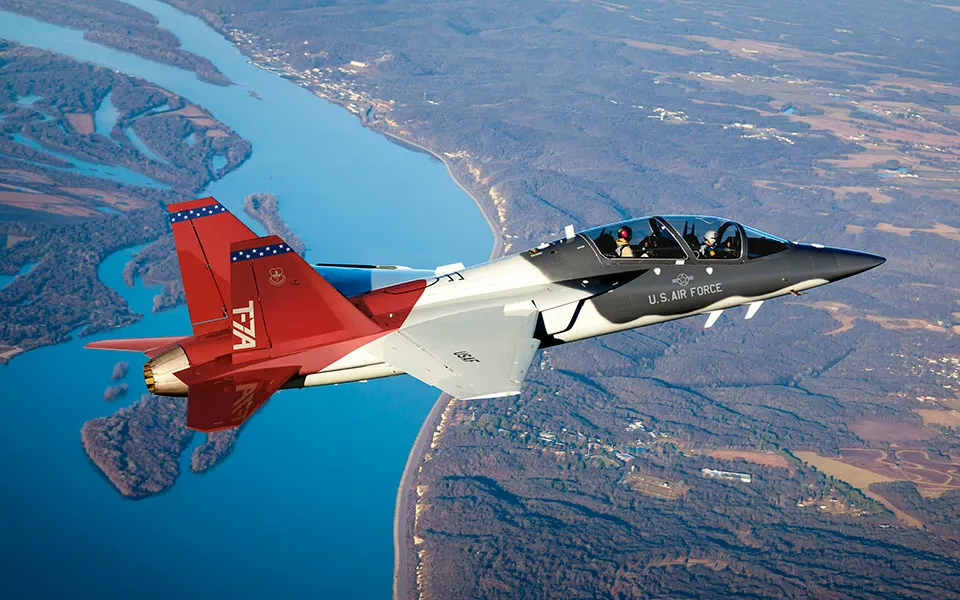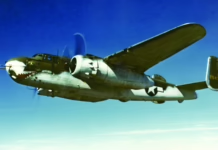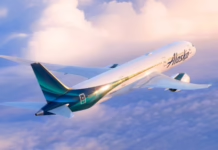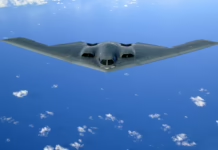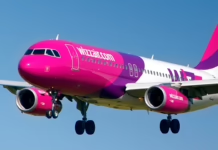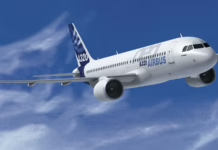With simulation tech advancing fast and the T-6A aging rapidly, the Air Force weighs a radical shift: skip turboprops entirely and train pilots straight to jets. The economics could reshape pilot development for decades.
The Economics of Skipping a Generation
The United States Air Force stands at a crossroads in pilot training strategy, weighing whether its next-generation T-7A Red Hawk can accomplish something unprecedented: replace not just the aging T-38 Talon, but potentially eliminate an entire tier of training currently conducted on the T-6A Texan II turboprop. The decision carries implications extending far beyond the $9.2 billion, 351-aircraft contract with Boeing and SAAB—it could fundamentally reshape how America develops its fighter pilots for the next half-century.
At the heart of this strategic recalculation lies a deceptively straightforward question posed by Brigadier General Matthew A. Leard, director of plans, programs, requirements, and international affairs at Air Education and Training Command: “Is there a way to bridge into the T-7 off the bat, and get to those competencies earlier and for everyone?”
The implications of that question ripple through budget offices, maintenance hangars, and training squadrons across the Air Force enterprise.
The Technology Gap Driving Change
The T-7A Red Hawk represents six decades of aerospace advancement compressed into a single airframe. Where the venerable T-38 Talon trained Cold War-era pilots beginning in 1961, the Red Hawk was purpose-built for an entirely different challenge: preparing aviators for fifth- and sixth-generation fighter operations where managing advanced systems matters as much as stick-and-rudder skills.
The aircraft’s embedded training software and seamless integration with Ground-Based Training Systems (GBTS) create training possibilities that earlier generations of instructors could scarcely imagine. The GE F404 turbofan—the same powerplant equipping the Navy’s F/A-18E/F Super Hornet—delivers triple the thrust of the T-38’s twin engines while consuming less fuel and requiring reduced maintenance. Perhaps more significantly, the fly-by-wire avionics and modular systems architecture allow the T-7A to evolve alongside the aircraft it prepares pilots to fly.
This technological leap creates an intriguing economic proposition: if the T-7A’s training capacity proves sufficiently robust, does the Air Force still need a separate turboprop trainer to teach foundational skills?
The T-6A Conundrum
The T-6A Texan II has served as the bedrock of Air Force pilot training for two decades, introducing student pilots to military aviation before they progress to more advanced platforms. Yet at 20 years old, the Texan II fleet faces the same aging aircraft challenges that prompted the T-7A program in the first place. With Red Hawk procurement extending into the 2030s, the Texan II will be approaching its fourth decade of service—an increasingly expensive proposition as maintenance demands escalate.
“It would greatly simplify the pipeline if we were able to do that,” General Leard told Air & Space Forces Magazine, referring to the possibility of eliminating T-6A training entirely.
The mathematics driving this consideration extend beyond simple acquisition costs. A comprehensive modernization program for the T-6A fleet would demand substantial investment while still yielding a platform with inherently limited advanced training capabilities. Meanwhile, the T-7A’s sophisticated simulation integration through GBTS and Live, Virtual, and Constructive (LVC) training methodologies could potentially teach fundamental flying skills alongside advanced tactical concepts.
Simulation Technology as Economic Enabler
The Air Force’s planned procurement of 46 GBTS simulators alongside the T-7A fleet represents a crucial element in the direct-to-jets calculation. These systems employ cameras on flying T-7As to generate immersive 8K visual environments that replicate G-forces and complex tactical scenarios. The technology allows students to log significantly more repetitions in a controlled environment before stepping into an actual cockpit.
LVC integration takes this concept further by connecting live T-7As with virtual simulators and computer-generated forces. A single training sortie can incorporate AI-controlled adversaries, instructor-piloted simulated threats, and even multi-domain operations with simulated ground and naval assets. This sophisticated training architecture fundamentally changes the value proposition of flight hours in different aircraft types.
The question becomes whether advanced simulation can compress what traditionally required hundreds of hours in turboprop trainers into a more efficient, if more technologically intensive, training pipeline centered on the T-7A.
Testing the Direct-to-Jets Hypothesis
The Air Force has moved beyond theoretical discussions. In August 2025, ten student pilots deployed to the International Flight Training School in Italy to train on the T-346A, an advanced jet trainer that more closely resembles the T-7A than the T-6A. This experimental approach provides real-world data on whether pilots can successfully transition directly into jet-powered trainers.
The initiative reflects a broader institutional willingness to challenge established training paradigms. As defense technology advances at an increasingly exponential rate, the Air Force recognizes that training systems must demonstrate similar adaptability. The modular architecture of the T-7A positions it to incorporate new capabilities as they emerge—a critical advantage in an era where near-peer adversaries continue developing sophisticated countermeasures.
The Broader Strategic Context
Boeing’s ambition for global T-7A sales approaching 3,000 units suggests the company anticipates broad international interest in advanced trainer aircraft. The economics of scale from such production volumes could further improve the aircraft’s cost-effectiveness, potentially strengthening the case for an expanded T-7A role in Air Force training.
Yet the decision to potentially eliminate T-6A training represents more than a simple cost-benefit analysis. It involves accepting risk that a more aggressive training pipeline might increase washout rates or require extended training timelines. It demands confidence that simulation technology has matured sufficiently to replace actual flight hours in foundational skill development.
“The main thing that we’re focused on with T-7 right now is we’ve got to get that airplane,” General Leard emphasized, acknowledging that the entire strategic discussion depends on successful Red Hawk fielding.
Honoring Heritage While Advancing Capability
The T-7A carries forward a legacy extending beyond its technical specifications. Named for the Tuskegee Airmen—the “Red Tails” of World War II—the aircraft honors the 332nd Fighter Group and 100th Fighter Squadron, whose P-51 Mustangs bore distinctive red tail markings. These pioneering African American aviators earned a Distinguished Unit Citation for a mission over Berlin where they shot down three German Me-262 jet fighters, and received the Congressional Gold Medal in 2007 for their exceptional service.
The symbolic connection between groundbreaking aviators who overcame institutional barriers and an aircraft that could revolutionize pilot training methodology carries particular resonance as the Air Force contemplates its training future.
The Pending Decision
As the T-7A program advances toward full production and the Air Force analyzes data from various training experiments, the fundamental question remains unresolved: can one aircraft replace two? The answer will depend on factors ranging from student performance metrics and maintenance costs to simulation fidelity and institutional risk tolerance.
What remains clear is that the $9.2 billion investment in the T-7A Red Hawk represents more than acquiring a new trainer aircraft. It may mark the beginning of a fundamental transformation in how the United States Air Force develops its fighter pilots—one that could eliminate an entire generation of training aircraft in favor of more capable, more efficient, and more adaptable systems designed for the challenges of 21st-century aerial warfare.

Key Takeaways
- The Air Force is evaluating whether the T-7A Red Hawk can replace both the T-38 Talon and potentially eliminate T-6A Texan II training entirely, creating a direct-to-jets training pipeline.
- Advanced Ground-Based Training Systems and Live, Virtual, and Constructive integration enable sophisticated simulation capabilities that could compress traditional training timelines while reducing costs.
- Ten student pilots deployed to Italy in August 2025 to test advanced jet trainer concepts, providing real-world data on skipping turboprop training phases.
- The T-6A Texan II fleet faces escalating maintenance costs at 20 years old, while modernization would require substantial investment for limited capability gains.
- The $9.2 billion T-7A program could fundamentally transform Air Force pilot development strategy for decades, balancing economic efficiency against training effectiveness and safety considerations.


